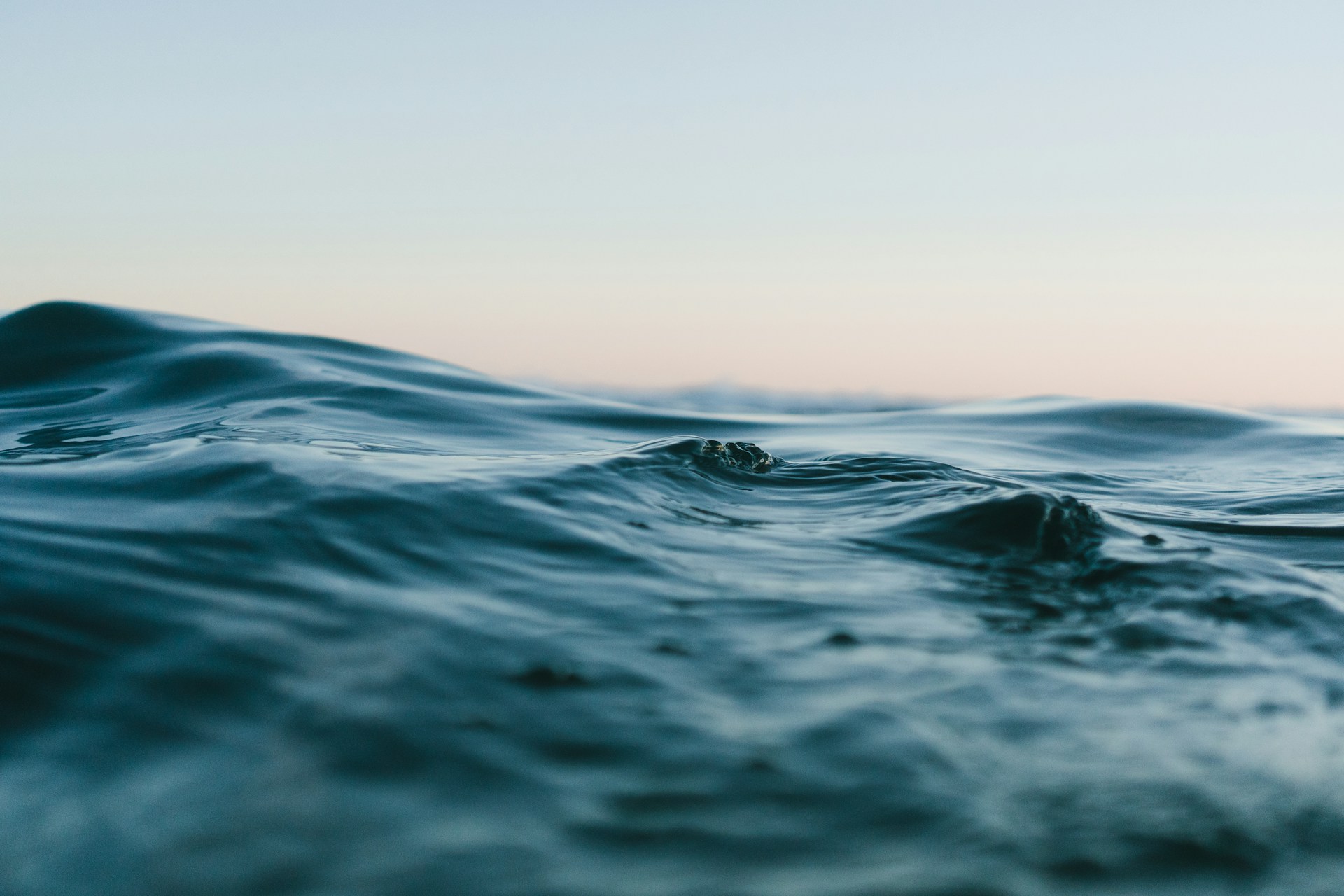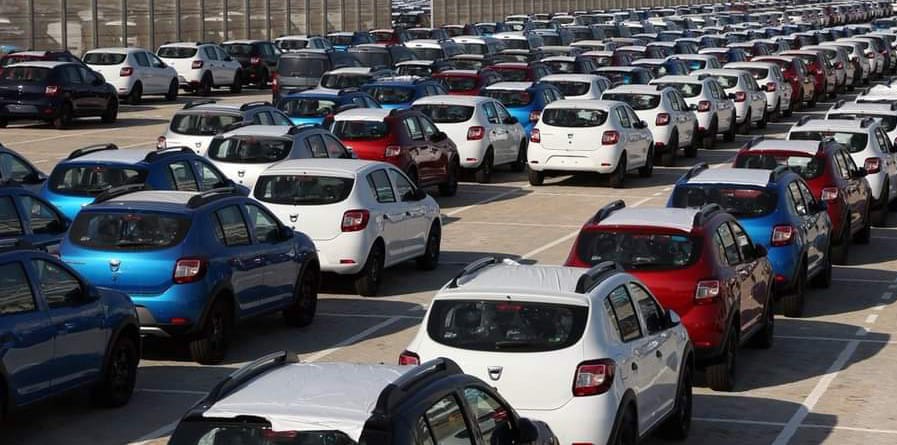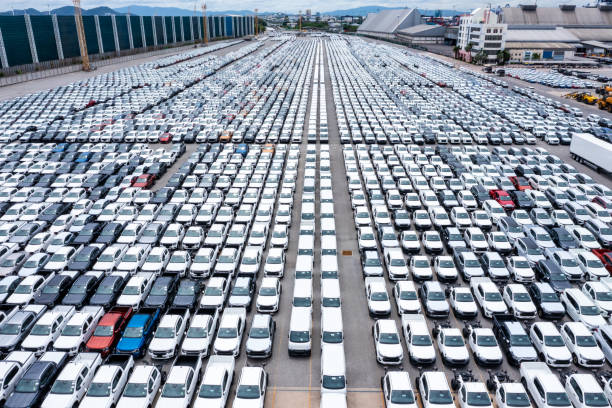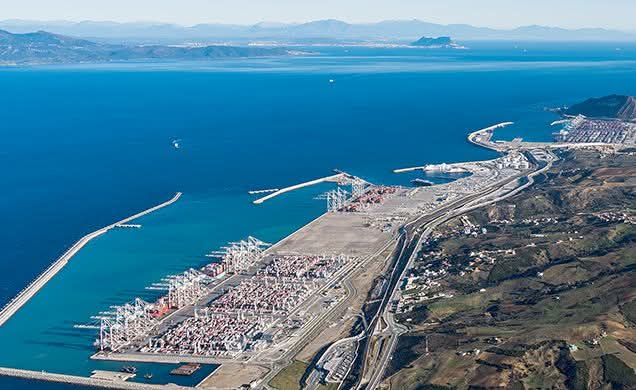Casablanca – Morocco is set to revolutionize its water production capabilities through seawater desalination, with plans to increase its output tenfold by 2030 compared to 2021 levels, according to Nizar Baraka, the Minister of Equipment and Water. This ambitious goal underscores the country’s commitment to addressing water scarcity challenges exacerbated by climate change and recurring droughts.
During a recent session at the House of Councillors, Baraka highlighted Morocco’s long history with desalination techniques, which began in the 1970s with projects in Boujdour and Laâyoune in 1977. Today, Morocco stands as a leader in this field, boasting an annual desalination capacity of 192 million cubic meters. Of this volume, 80 million cubic meters are dedicated to potable water, while the remaining 112 million cubic meters support irrigation and industrial needs.
The acceleration of desalination projects is a fundamental aspect of the National Plan for Potable Water Supply and Irrigation 2020-2027. Key initiatives include the Agadir plant, which currently produces 100 million cubic meters annually, split evenly between drinking water and irrigation. Other significant facilities include the Al Hoceima plant, with a capacity of 6 million cubic meters, and the Dakhla plant, which produces 37 million cubic meters annually, with 7 million cubic meters for drinking water and the remainder for irrigation.
A notable addition to Morocco’s desalination infrastructure is the Casablanca plant, inaugurated recently by Prince El Hassan. Set to commence operations by the end of 2026, this plant will initially provide 200 million cubic meters of desalinated water annually, with plans to expand to 300 million cubic meters by the end of 2028. Additionally, the Sidi Ifni plant is expected to become operational in 2024.
Baraka emphasized that the incorporation of renewable energy into these projects is crucial for reducing costs. He noted that while the Agadir plant, operating on conventional energy, incurs costs between $1.03 and $1.13 per cubic meter, the Casablanca plant will reduce costs to approximately $0.46 per cubic meter through renewable energy. Furthermore, the Dakhla plant is projected to produce desalinated water at around $0.36 per cubic meter, also leveraging renewable energy sources.
To further drive down costs, Morocco is exploring the use of nuclear energy in desalination processes in collaboration with the International Atomic Energy Agency. These advancements are expected to ensure a stable and cost-effective water supply for the nation’s growing needs.
The minister pointed out that desalination is vital for supplying potable water to coastal cities, which house 75% of Morocco’s population. This strategy will allow for the conservation of dam water, which can then be utilized to meet the potable water needs of inland cities and rural areas, as well as for irrigation purposes.
With these comprehensive efforts, Morocco is positioning itself at the forefront of desalination technology, ensuring water security for its population and industries in the face of escalating environmental challenges.
















